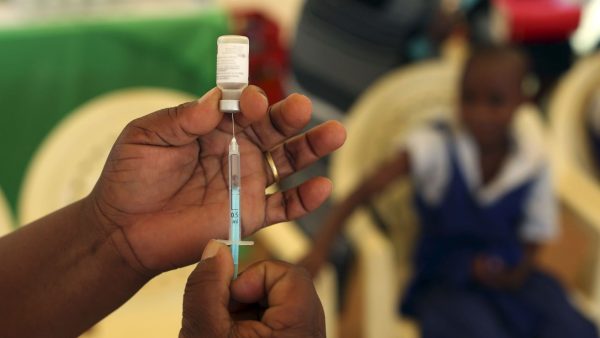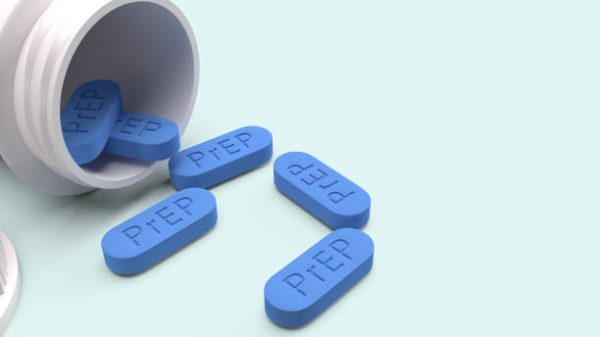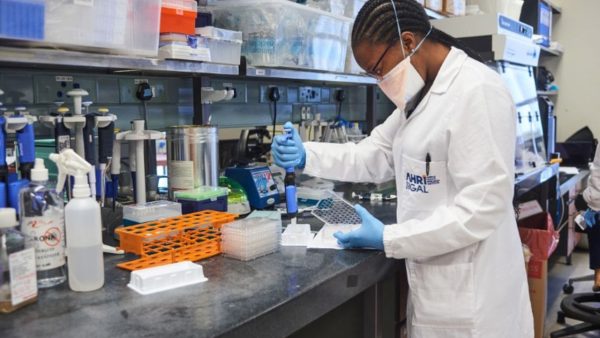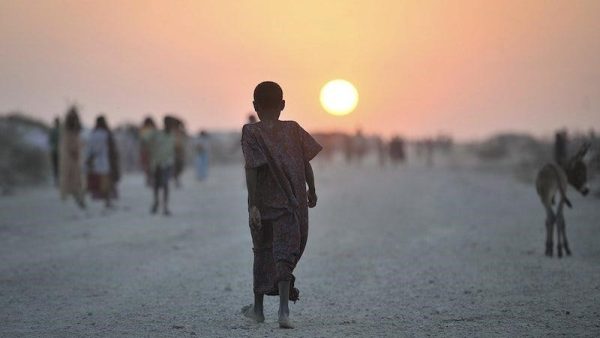
Human papillomavirus (HPV) is one of the most common sexually transmitted infections globally, with country-specific prevalence estimates ranging from 1.6% to 41.9%. HPV is causally linked with several types of cancers, including nearly 570,000 cases of cervical carcinomas each year. As of 2023, cervical cancer is the fourth most prevalent type of cancer among women globally and the leading cause of death among women in sub-Saharan Africa. HPV infections, and subsequent sequelae, are preventable through prophylactic vaccines first made available in 2006. HPV vaccines can be given as early as 9 years of age, although country-specific immunization programs broadly target adolescent girls between 9 and 14 years of age.
The age at delivery is an important consideration for successful implementation of the vaccine. HPV acquisition risk is greatest around sexual debut. In a 2020 study, girls who were HPV vaccinated after sexual debut were more than 2.6 times more likely to report an HPV diagnosis than their peers vaccinated before sexual debut. Previous epidemiological studies have estimated the cumulative incidence of HPV incidence within 3 years of sexual debut to range from 34.2% - 62%, underscoring the importance of vaccinating young girls before sexual debut. However, several barriers to vaccinating young girls persist, including parental concerns of sexual promiscuity, cost, vaccine availability, and misconceptions about the HPV-cervical cancer association. Attention to these factors and the repackaging of the HPV vaccine as a cervical cancer prevention method, rather than as a sexual and reproductive health prevention method, are being considered to improve poor vaccination coverage and align with the cervical cancer community and the World Health Organization’s call to eliminate cervical cancer through vaccination protection, as well as timely diagnosis and treatment.
The primary goal of this project was to gather peer-reviewed evidence on relevant barriers to parental willingness to vaccinate their adolescent daughters (9-14 years) against HPV, including concerns of increased sexual activity and earlier age of sexual debut after vaccination. The project team also investigated whether HPV vaccination packaging to parents as either a sexual and reproductive health prevention measure or a cervical cancer prevention measure resulted in differences in amenability to the vaccine. Specifically, the project aimed to answer the following research objectives:
- Is there evidence confirming/refuting fears that HPV vaccination will lead to female adolescent sexual activity, thus lowering parental acceptance around the vaccine?
- Is there any evidence that suggests or refutes that HPV vaccination information, when packaged with information sessions around girls' rights to understanding sexual and reproductive health, results in parental reluctance to permit HPV vaccination?
- Is there any evidence indicating that once the HPV vaccine is given to girls, sexual activity is then increased?
- Are there more or less favorable reactions by parents, communities, or ministries of health in packaging the HPV vaccine within sexual health vs cancer health?
Between January and February 2024, the START team conducted extensive literature reviews to answer the four specific research objectives. Overall, the team identified the most important barriers to parental acceptance of the HPV vaccine were highly dependent on geography, with fears of sexual promiscuity, concerns of vaccine costs, and limited health literacy on HPV and cervical cancer contributing significantly to overall vaccine hesitancy among parents. Although sexual promiscuity after HPV vaccination remains as a concern for parents of adolescent girls, nearly all epidemiological studies on this topic reported no statistically significant associations between HPV vaccination and increased sexual activity among adolescent girls when accounting for age at sexual debut, number of sexual partners, condom use, or other risky sexual behaviors. Studies assessing the best approaches to marketing HPV vaccines to parents of adolescent daughters were widely inconclusive. The literature demonstrates that HPV knowledge among parents is generally low, but willingness to vaccinate children remains high. Increasing HPV knowledge was highly associated with increased parental willingness to vaccinate across several studies. Additionally, caregivers with knowledge that HPV vaccination prevents cervical cancer were more likely to indicate willingness to vaccinate their daughters. However, several intervention-based studies observed that increased parental willingness to vaccinate immediately following delivery of cervical cancer information was not associated with long-term vaccine uptake among adolescent girls.







